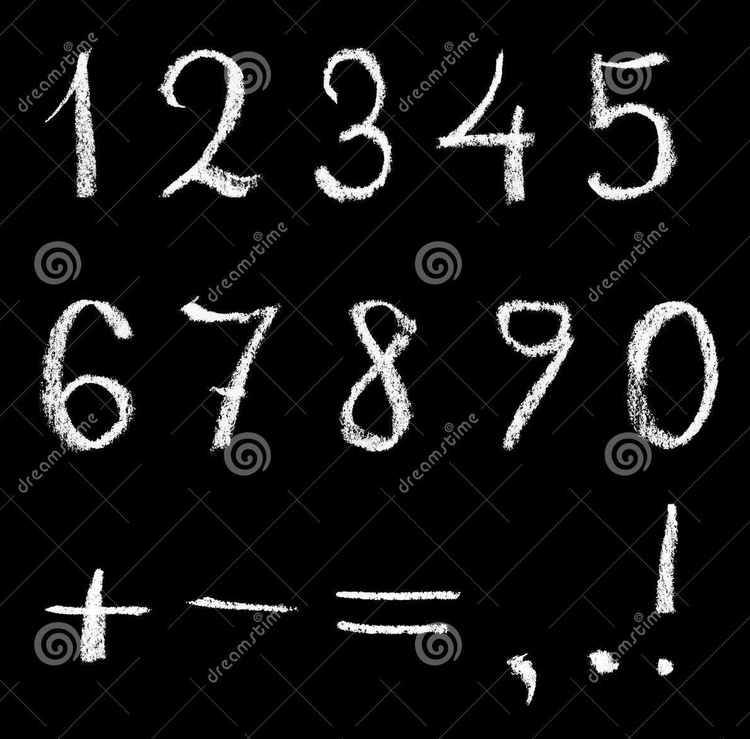Calvin and Susan play a Number-Game #1
 Calvin writes a number with 3000 digits on the blackboard, each digit being either a 1 or 2. Susan creates a new number from Calvin's number by reading his number from left to right and wherever she sees a 1, replacing that by 122, and wherever she sees a 2, replacing that by 111.
Calvin writes a number with 3000 digits on the blackboard, each digit being either a 1 or 2. Susan creates a new number from Calvin's number by reading his number from left to right and wherever she sees a 1, replacing that by 122, and wherever she sees a 2, replacing that by 111.
For example : If Calvin's number begins , Susan's number would begin .
After Susan finishes writing her number, she notices that the left-most 2500 digits in her number is exactly same as that of the left-most 2500 digits of Calvin's number. Then find the sum of the seven digits in the positions 2006 to 2012, both inclusive.
Also try it's sister problem, a difficult version: Calvin and Susan play a Number-Game #2
Image Credit: DreamsTime
This section requires Javascript.
You are seeing this because something didn't load right. We suggest you, (a) try
refreshing the page, (b) enabling javascript if it is disabled on your browser and,
finally, (c)
loading the
non-javascript version of this page
. We're sorry about the hassle.
Let N(C,2098) denote the 2098th number Calvin has written and N(S,1262) denote the 1262nd number Susan writes. Every 1 translates to a 122 and every 2 translates to a 111, implying that for every digit in Calvin
s Set, there are three corresponding digits in Susans set. It is easy to see that N(C,k) translates to N(S,3k-1), N(S,3k-2) and N(S,3k).But, the first 2500 digits of both sets are same! Thus, N(C,k) translates to N(C,3k-1), N(C,3k-2) and N(C,3k) for any k less than 834.
From now on, we will talk only about Calvin
s Set. So N(k) will denote the kth term in Calvins set. We are Required to find the sum N(2006) + N(2007) + . . . + N(2012). From the above paragraph it is clear that N(669) translates to N(2005), N(2006) and N(2007). Similarly, N(670) translates to N(2008), N(2009) and N(2010). N(671) translates to N(2011), N(2012) and N(2013). This reduces the problem to finding N(669), N(670) and N(671).However, N(223) translates to N(667), N(668) and N(669). Similarly, N(224) translates to N(670), N(671) and N(672). So we have to find N(223) and N(224) to get a step closer. But, N(75) translates into N(223), N(224) and N(225). So we have to reduce N(75) to lower terms. N(25) would translate to give N(73), N(74) and N(75). N(9) would translate to give N(25), N(26) and N(27). N(3) would translate to give N(7), N(8) and N(9). N(1) would give N(1), N(2) and N(3). Since N(1) when translated gives N(1) as the first digit, i.e, itself, N(1) has to be 1. (If it weren`t the first digit of Calvin and Susan would be different).
N(1) = 1 gives N(3) = 2 (Since 1 translates to 122). N(3) = 2 gives N(9) = 1 (Since 2 translates to 111) N(9) = 1 gives N(25) = 1, N(26) = 2 and N(27) = 3. N(25) = 1 gives N(75) = 2. This gives N(223) = 1 and N(224) = 1.
N(223) = 1 gives N(669) = 2, while N(224) = 1 gives N(670) = 1 and N(671) = 2. N(669) = 2 gives N(2006) = 1 and N(2007) = 1. N(670) = 1 gives N(2008) = 1, N(2009) = N(2010) = 2. N(2011) = N(2012) = 1 can be obtained using N(671) = 2. Thus the sum N(2006) + N(2007) + . . . + N(2012) is 9.
The required sum is 9.